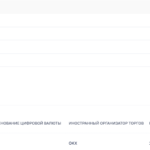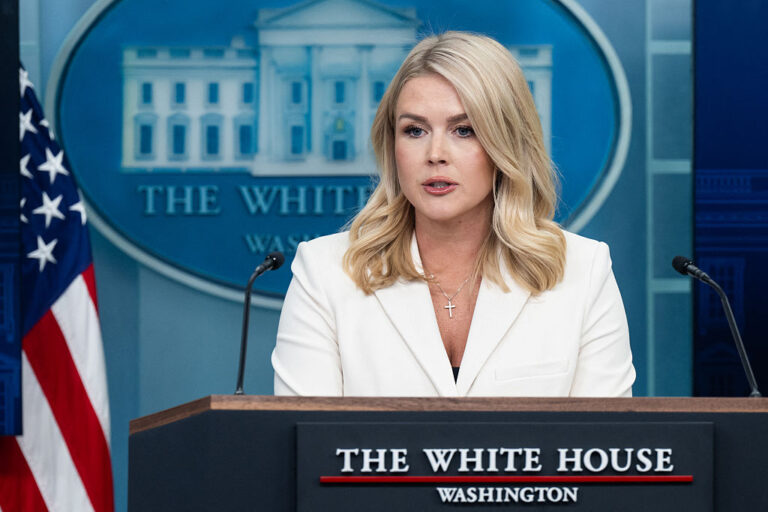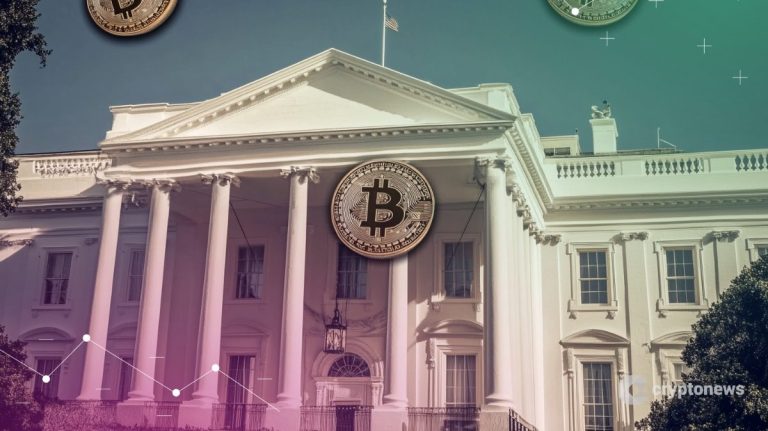President Trump’s path to the White House was paved in part by his hardline approach to immigration. For Trump, “Making America Great Again” included not only stepping up enforcement against illegal immigration but also increasing restrictions on legal immigration. Trump’s rhetoric on illegal immigration has been overplayed in the media. And his supporters and critics have all weighed in on the merits and drawbacks of building a US/Mexican wall, enhanced enforcement against illegals within the US and the travel ban. But his proposed restrictions to legal immigration needs more attention, especially if making the economy great again is part of Trump’s plan. Other than the controversial travel ban, no law has yet passed nor executive order signed respecting legal immigration. But the message has been loud and clear: restrictions are coming. As far as can be gathered, some of the proposed measures restricting legal immigration include. But will such measures lead to economic growth? In a previous article, I addressed how US workers, especially those among Trump’s “forgotten voters” would in fact not be served by curbing immigration levels. I argued that more immigration not less, optimizes the US labor pool providing employers with incentives for hiring American. The reason for this is that American companies, when given the freedom to recruit from beyond the borders, can grow faster and reinvest their capital, freeing up more resources towards hiring and training more US workers. In other words, free trade in human resources benefits not only foreign workers and the companies that hire them, but has a dividend benefit to local labor. And as I argued, companies would always rather hire in their own backyard if and when they can. But what happens when immigration restrictions get in the way? When companies are unable to tap into the global labor pool when faced with labor shortages? The answer is clear. Entire industries shrink and so do prospects for employment. Restricting the cross-border flow of human capital has far reaching effects that are the opposite of what immigration legislation intends to achieve: to protect the American worker and wages. What we can learn from Canada Take the case from our neighbors to the north. In a wrongheaded effort to “protect’ Canadian workers and their wages from global competition, the Canadian government initiated a “Canada-first” immigration policy which imposed greater restrictions on temporary foreign worker visas. This only served to amplify the already chronic labor shortage in this industry. Working in the meat industry is often a dirty and physically demanding experience. Although workers in that industry are eligible for health benefits, the starting pay is below Canada’s national average. Most processing plants in Canada, which are also major meat exporters, offer full health and dental benefits but hourly wages that start at around C$13-C$19 (US$9.90-US$14.50), below the national average for natural resource and agricultural workers. Canadians simply aren’t lining up for these jobs. Accordingly, Canadian meat processing plants needed to seek foreign talent to compensate for the domestic labor shortage. But due to increased visa restrictions imposed by the then conservative government, their efforts to hire globally were thwarted. Fortunately, the new Liberal government in Canada, led by Prime Minister Justin Trudeau, has promised to ease up on some visa restrictions as well as creating easier paths to permanent residency. If these changes occur, the Canadian meat industry may be saved. But as it stands, the industry continues to struggle under the weight of chronic labor shortages thanks to visa regulations. Canada’s story is telling. If Trump delivers on his promises to further restrict visa programs in the US, we can expect the same unfortunate outcomes. “These moves aren’t likely to create more jobs in US meat plants” according to David Swenson, an economist at Iowa State University in Ames. Swenson estimated that one third of workers in processing plants in Iowa, the largest pork-producing state, are immigrants. And like in Canada, this largely immigrant labor force is in place because domestic workers prefer higher paying and less physically demanding jobs. America’s Tech Industry The US information and technology industry, worth an estimated mind-blowing 1.26 trillion dollars, will be significantly impacted if the Trump administration’s proposed visa restrictions come to light. President Trump has threatened to overhaul the H-1B program which is the largest visa program for allowing high-skilled foreign workers employment in the U.S. The H-1B visa is utilized by foreign college graduates with knowledge in a highly specialized field. Its establishment coincided with the rise of the internet, sending America’s need for skilled computer scientists skyrocketing. About half of the more than 120,000 H-1B visas granted in 2014 went to those working in computer related fields. That number may seem high but given the endless demand for skilled workers in IT, the current government quotas of H-1Bs fall short, leaving Silicone Valley scrambling to fill jobs. Further, H-1B visas are already difficult to obtain. Eligibility for these visas are reserved only for the highly educated and experienced and employers are required to muddle through endless red tape to secure approvals Yet Trump promises even tougher measures which will further hamstring the industry. And predictably, there’s been an outcry from industry leaders. Real Estate industry While there’s general optimism in the air about Trump’s promises to lower taxes and to deregulate business, concerns have been voiced by the real-estate industry about his crackdown on immigration. Home builders are understandably concerned about possible labor shortages if Trump follows through on his protectionist rhetoric. The clear majority of homebuilder labor consists of immigrant labor. Much of it was lost during the housing crash, as workers moved on to different fields or left the country. Immigrants comprise close to 41 percent of the construction workforce in California and close to 40 percent in Texas, according to the Homebuilder’s Group “If America becomes more isolated and less open, it could actually chill international demand for U.S. luxury housing,” said Nela Richardson, chief economist at the housing data firm Redfin. “[Trump] is going to have to square his immigration policy with the reality that foreign buyers are a critical part of the housing market.” The unavoidable effect of labor shortages are declines in inventory resulting in higher prices. The real-estate industry is no exception to the laws of economics and last thing we need is another real estate bubble driven this time by labor shortages caused by immigration central planning. Many other American industries are at risk if stricter immigration policies become a reality. If the White House makes it even harder for foreign workers to offer their talents to the United States especially when other countries are opening doors, the US will quickly fall behind. The Trump administration would be wise to rethink its stance on immigration. Otherwise making America great again will become another broken campaign promise.
















